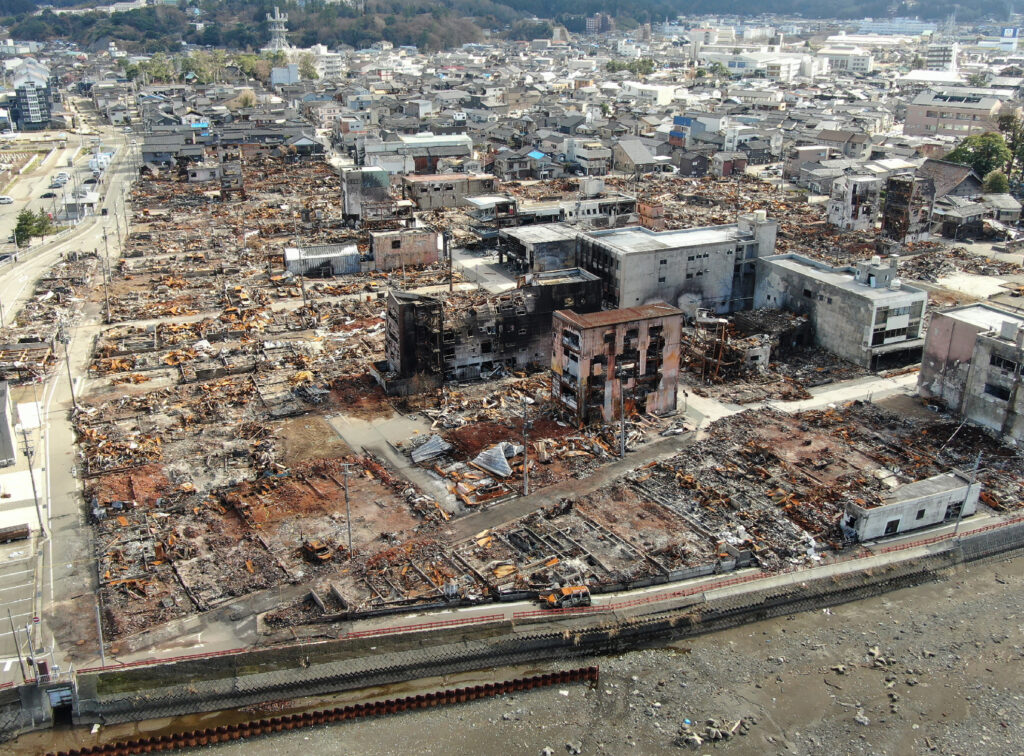
- ARAB NEWS
- 30 Jul 2025

TOKYO: A group of experts commissioned by the Japanese government warned that more strong earthquakes accompanied by tsunami may hit the Noto Peninsula area where a 7.6-magnitude quake struck on Jan. 1 this year.
A 6.6-magnitude earthquake that occurred off the west coast of the peninsula in central Japan on Nov. 26 was the second-largest quake to hit the area in the years since December 2020, when seismic activities became active there, Naoshi Hirata, chairman of the Earthquake Research Committee, said at a press conference on Tuesday.
Hirata said that he had “never experienced” a situation in which seismic activities are active for four years or longer and an earthquake with a magnitude of 6 or higher takes place nearly every six months.
Seismic activities in the area turned active apparently because of upwelling of deep-seated fluid caused small faults to move easily. Meanwhile, the Jan. 1 earthquake was caused by long and large faults, leaving the seismic activity area spreading over some 150 kilometers.
A fault exists near where the November earthquake occurred, according to a map released by the committee in August. There has been no data showing that the fault moved, Hirata said. But he added that unidentified faults may have moved.
The Jan. 1 earthquake brought large-scale changes in the earth crust, making it difficult to detect fluid upwelling.
“It’s impossible to say when the series of seismic activities will end,” Hirata said. “Earthquakes with a magnitude of 6 or higher may happen intermittently for months or years.”
JIJI Press